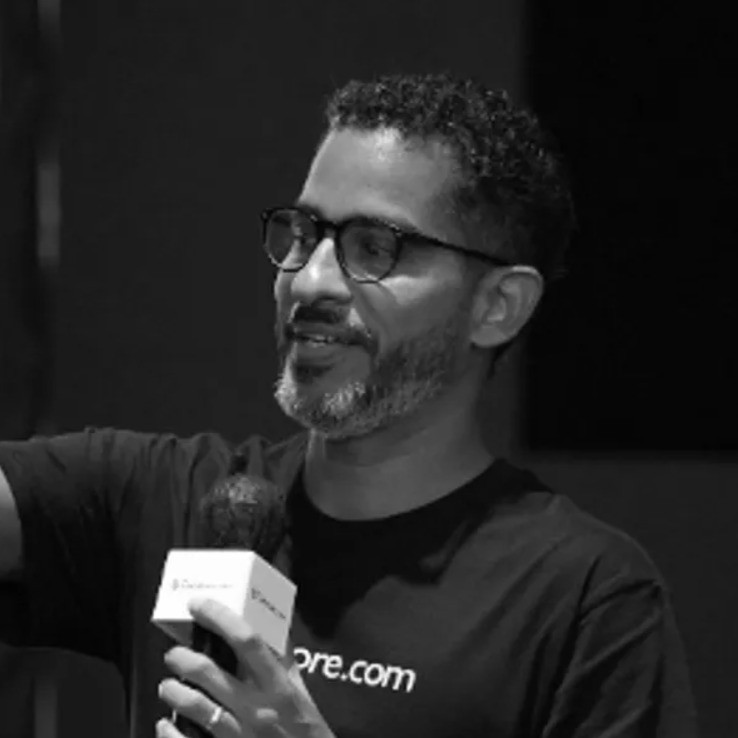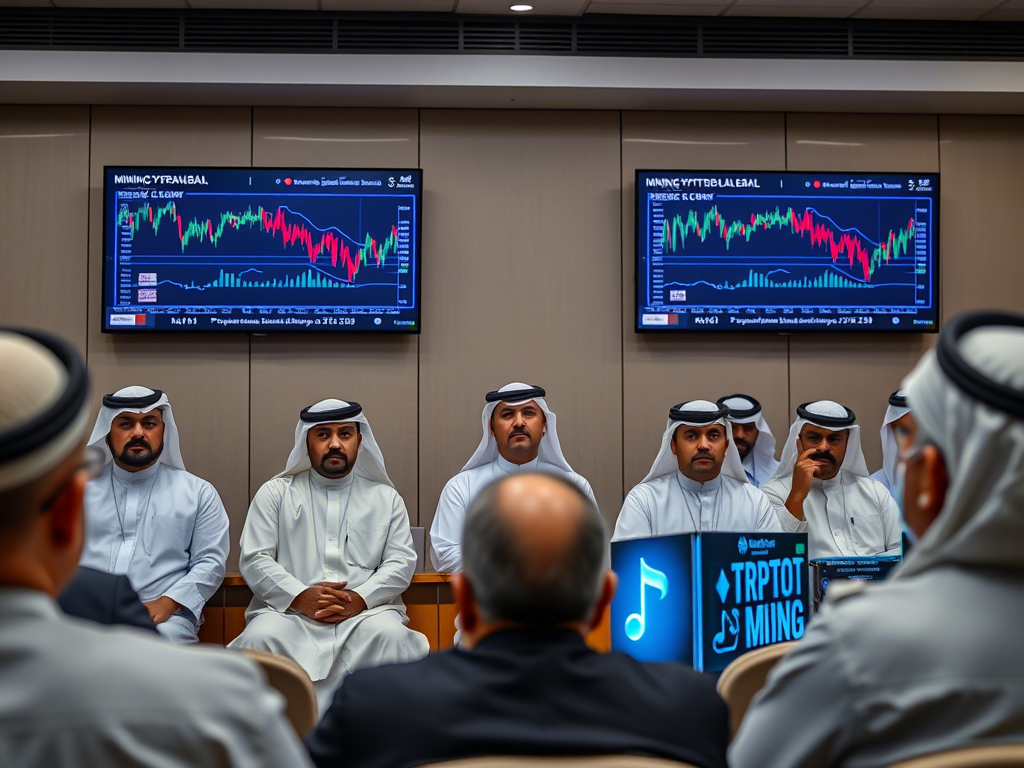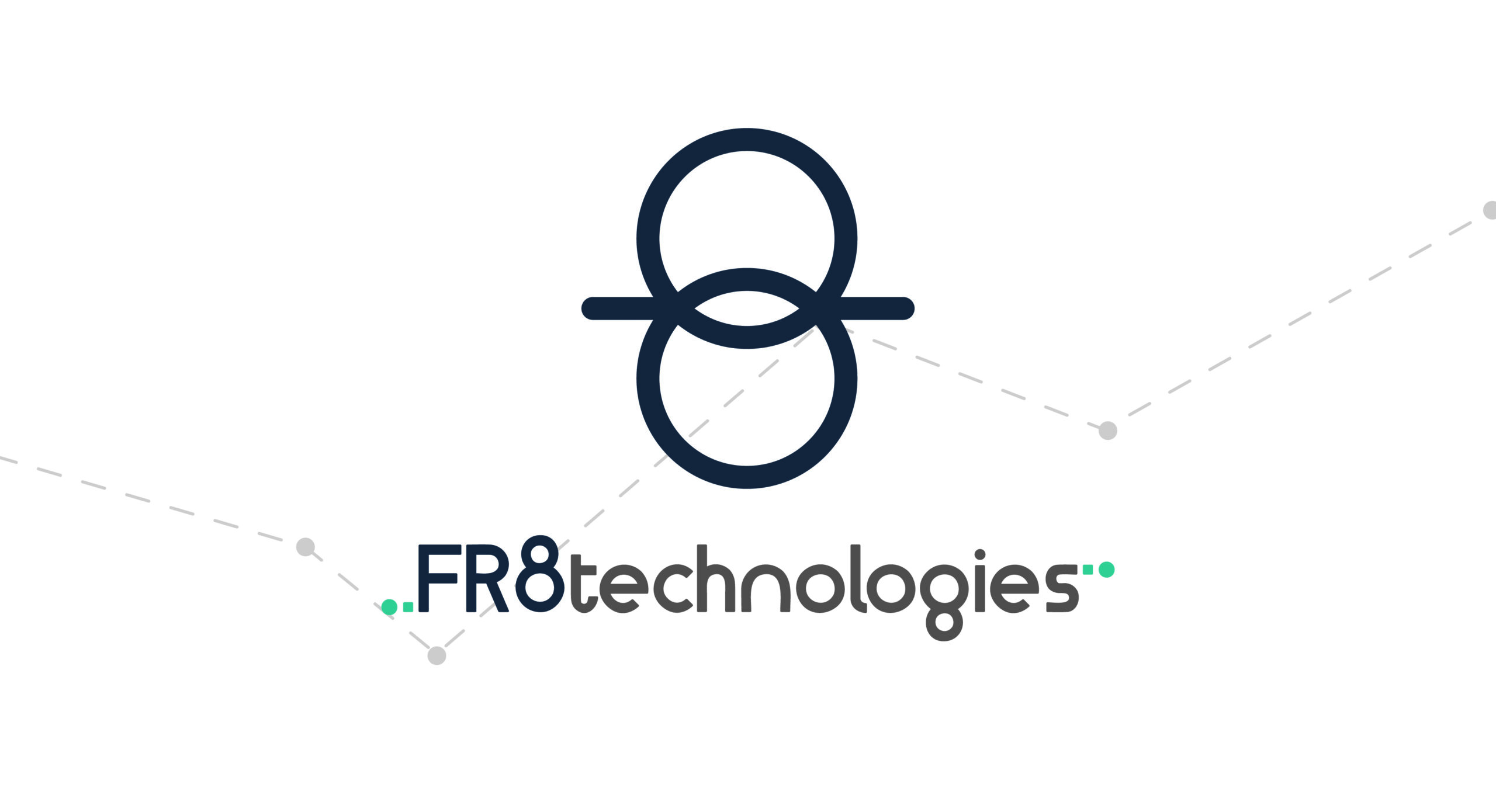Blizzard Entertainment, a leading figure in the gaming industry, is embracing the advent of generative AI with a cautious yet innovative approach, particularly within the realms of character and environment design. This strategic adoption of AI technologies aims to enhance the creative process without compromising the integrity of its iconic massively multiplayer online game, World of Warcraft (WoW).
In a bid to safeguard its rich tapestry of intellectual property, Blizzard has developed an in-house AI tool, steering clear of third-party platforms that pose a risk of IP leaks. The move reflects a broader trend among AAA studios to leverage machine learning in performing tasks that are either too complex or mundane for human artists.
According to Warcraft franchise director John Hight, in an interview with IGN at the Game Developers Conference, AI has significantly eased the laborious process of fitting armour on the game’s diverse characters, a task previously demanding extensive manual adjustment by artists.
Despite the efficiencies gained, Hight acknowledges the apprehension surrounding AI’s role in creative domains. Artists fear job displacement and the misuse of their creations, sparking a dialogue on the ethical use and the extent to which AI should be integrated into the development process. However, Hight reassures that WoW remains untouched by generative AI, highlighting Blizzard’s commitment to preserving the human element in its flagship title.
The conversation around AI in gaming is not confined to Blizzard. The broader industry is witnessing a paradigm shift, underscored by Microsoft’s acquisition of Activision Blizzard and the subsequent collaboration with Inworld AI to develop generative AI tools aimed at empowering video game developers. These developments signal a new era where technology seeks to complement, rather than replace, human creativity.
Yet, the reception to such technological advancements is mixed. Critics like Mary Kenney, associate narrative director for Marvel’s Wolverine game at Insomniac Games, express outright disdain for the mechanization of creative roles, echoing concerns similar to those raised during the SAG-AFTRA and WGA strikes about AI’s potential to displace traditional artistic professions.
As Blizzard Entertainment and others within the gaming industry navigate the uncharted waters of AI integration, a delicate balance must be struck. While the potential for AI to streamline the creative process and enhance game development is undeniable, it is imperative that the industry addresses the ethical implications and ensures that technology serves to augment rather than undermine the invaluable contributions of human artists.






 Bitcoin
Bitcoin  Ethereum
Ethereum  Tether
Tether  XRP
XRP  Solana
Solana  USDC
USDC  TRON
TRON  Dogecoin
Dogecoin  Lido Staked Ether
Lido Staked Ether